August. A billowing month of hay and harvest, gathering and gluts, and this August is bountiful beyond recall. We have run out of imaginative ways to cook yellow courgettes and a dozen or more are fattening into golden marrows, glowing reproachfully in the veg plot. The apple trees are lowering their branches as if desperate to rest their hefty load on the meadow beneath. Perfectly ripe cherry tomatoes have gone from cherished individuals to greedy handfuls by way of a casual snack.
Admittedly, some plants make the choice between leaving the seed heads and garden aesthetics, well, no choice at all, since the seeds – or in the case of Actaea pachypoda the white ‘doll’s eye’ berries in which the seeds develop – are the whole point of growing it.
I collected a sticky harvest of around 100 seeds from 15 berries, but you’ll need to be patient if you covet its offspring – the seeds probably won’t germinate until spring 2015…
Another easy call – perennial honesty, Lunaria rediviva. The seed pods look drab, but strip away the two papery outside layers which encase the seeds and the remaining central layer will shimmer like shot silk in the winter sun.
But if you’re not entirely convinced about the aesthetics of dying flower heads, try taking a much closer look. I admit I am utterly blown away by the genius of plants to devise ways to grow, protect and finally to fling their seed into the wider world. And ‘handsome is as handsome does’, in my world view.
Geranium psilostemon – like all geraniums, the seed pod opens to reveal five seeds, each encased in a tiny cup and attached to a spring-loaded strip on a stiff spike. As the seed ripens and the spike dries out the tension rises, the spring fires and the seed is launched far into the borders.
A ballistics engineer would be proud to have invented it.

Another exploder and perhaps my favourite – Dictamnus albus var. purpureus. I missed the harvest for the first two years here, finding just the empty pods on the plant after a couple of hot August weeks. Now, I collect the pods when they are still closed, once the seeds inside have turned black. In the heat of our conservatory the stiff, creamy pod lining twists and strains, before firing the ebony seeds crisply into the waiting grasp of a firmly sealed paper bag.
For a week the snap, crackle and pop of exploding Dictamnus pods entertains me over breakfast. Beats a soggy cereal for amusement.
Doronicum orientale seeds launch themselves into the world softly and silently. This bright daisy threads its way through our old stock beds, lighting them up in early summer.
Then, like so many in the daisy family it produces clouds of tiny seeds, each attached to a little circular ruff of white ‘feathers’ which will carry it on the wind for miles. A handful of seed looks and feels for all the world like weightless frogspawn.
The divinely beautiful Tulipa sprengeri has no clever seed distribution system – the fat pods simply split and drop their seeds where they fall. But such attractive seeds – triangles of transluscent dried amber in papery white capsules. Hold a seed to the light and it will glow.
For the botanically minded, the seed pod and seeds give away the plant’s membership of the Liliaceae family – the pod is in three vertical sections and the triangular seeds seal the case.
Now this one, I will grant you, is not obviously pretty. My love of it owes more to my anticipation of what it will be than how it looks here. These are the seeds of one of our best himalayan blue poppies – almost certainly Meconopsis baileyi.
If there was ever an ugly duckling seedpod, this one is it. But in two years time it will produce a sapphire swathe along our canal border and I will be in several seventh heavens.
And how about this little gem? The seed heads of Anemone cylindrica are surely as attractive as its gentle, creamy-white flowers, and longer- lived. The seeds are a bit like brown tomato seeds, but encased in downy balls of fluff, awaiting a puff of wind to carry the seeds far and wide.
I don’t have a picture of the flower to hand, but the common name is Thimbleweed which perfectly describes the speckly seed heads before they fluff up ready for dispersal.
So, the seed collecting urge has me firmly in its grip. Brown paper bags adorn every surface in the nursery and house. Donning a jacket and plunging my hand into a pocket produces a handful of crackling seed pods, or a piece of newspaper folded around a few little nameless treasures, collected in a moment thought to be too fleeting to traipse off in search of a bag and a pen, and later regretted. But I do this less often now. My seed haul is too precious to trust to my unreliable memory and a chance encounter with the washing machine.
What do I do with them all? I sow a small proportion – I would need acres to sow them all. I give plenty away to nursery visitors who approach me, desperate for a plant I have sold out of but for which I have seed in store.
I guess I should package them and offer them for sale. I probably will, maybe this year, maybe next. But the value for me isn’t in the price they might fetch, but in the promise of future beauty.
Each seed contains a tiny plant embryo, encased in a time capsule on basic life support, awaiting an opportunity to flourish. It seems a shame to keep the surplus shut away here in a box in the potting shed, slowly dying in their bags. Perhaps that’s the best reason to find time this winter to clean, package and label them all. Each one deserves a great future.

This blog post is one of ten finalists chosen by the RHS for the 2013 gardening blogs competition – you can read the other nine and vote for the winner by clicking HERE. Of course, I’d be delighted if you voted for mine – but only if you think it’s the best!
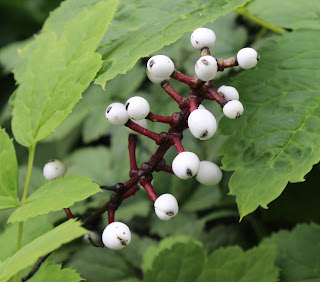

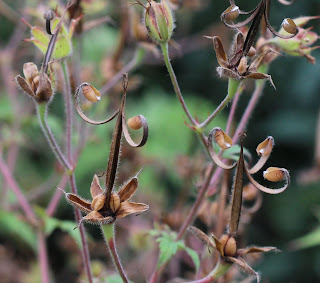
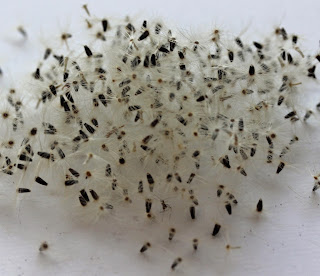

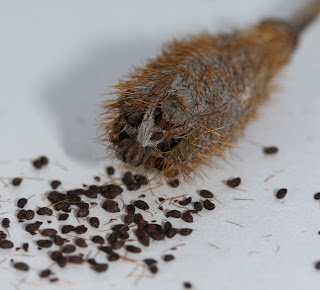

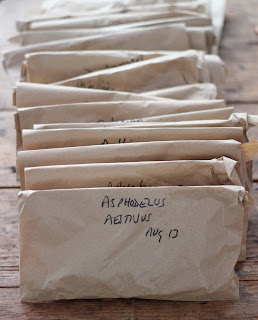
5 Responses to “The joy of seeds…”
Why not a seed give away?
Cheeky I know!
Or a seed swap weekend? Invite others to bring theirs along for a mass seed exchange. I might just do that
I love you seed images!
wearecultivate.wordpress.com
Hey, Great Stuff! I am a new Gardner and a new blogger myself. do check my blog
http://seedgerminator.wordpress.com/
HAPPY GERMiNATING
I was always curious about these processes in plants. It's so fascinating to study the mother nature and its creations. Great work, mate!